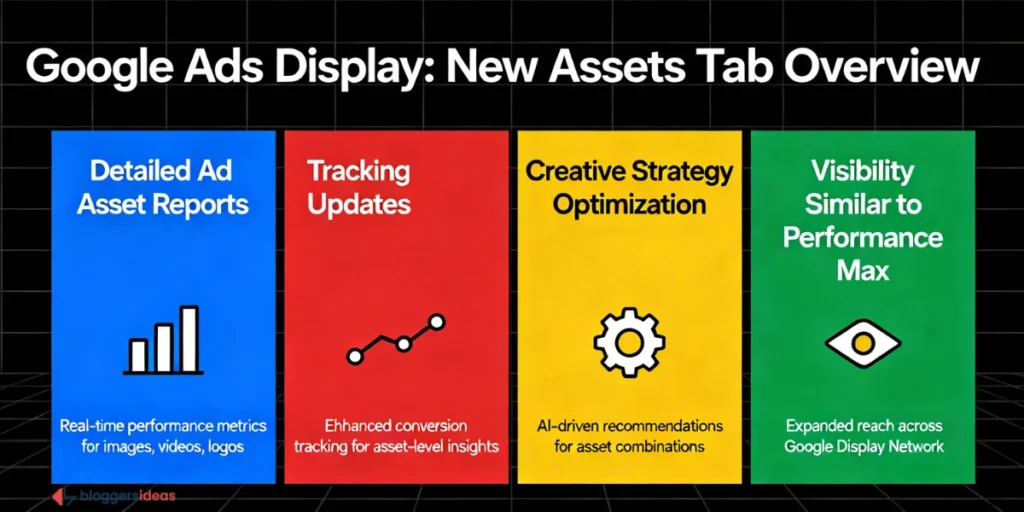Google has rolled out a new update to improve transparency and performance tracking in Google Ads Display campaigns.
Advertisers can now access asset-level reporting, offering deeper insights into how each creative asset performs.
This feature helps marketers make smarter optimization decisions by analyzing which images, headlines, and descriptions bring the best results.
Clearer Insights Into Creative Performance

Until now, advertisers could only see overall ad performance in Google Ads Display campaigns. With this new feature, they can view detailed reports for each asset, making it easier to refine creative strategy.
Here’s what the update includes:
- New Assets tab: Compare performance of every image, headline, and description.
- Update tracking: See when assets were last updated to understand version history.
- Smart decisions: Use data to decide which assets to keep, refresh, or remove.
This level of visibility is similar to what’s already available in Performance Max campaigns, showing Google’s push toward more unified and transparent reporting across ad types.
Also read about: Google Ads Statistics 2025: Usage, Costs & Conversion Insights
Why Google Ads Display Campaigns Matters for Advertisers
For advertisers running Google Ads Display campaigns, this change means more control and efficiency. Instead of guessing which creative works best, they can now rely on real data.
Key benefits include:
- Better creative optimization through performance insights.
- Improved return on ad spend (ROAS) with informed asset management.
- More consistent cross-campaign reporting between Display and Performance Max.
According to a new support page titled “About asset reporting in Display,” the rollout will include guides on setup, performance evaluation, and best practices.
Although the feature is not fully live yet, early sightings in Google’s Help Center — first noticed by PPC News Feed founder Hana Kobzová — suggest that the global rollout is coming soon.
With this update, Google Ads Display campaigns take a major step toward transparency and smarter automation, giving advertisers the tools they need to make every impression count.
More news to read:
